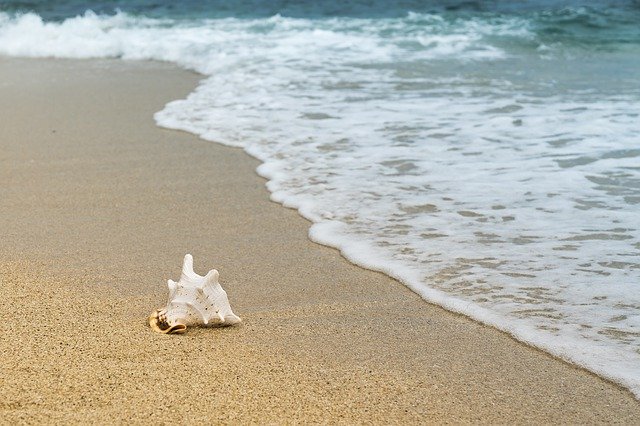In this article, we will cover some interesting facts and questions related to the specific heat of the water. This article covers
What is specific heat?
Specific heat of water
Why water has high specific heat?
Role of high specific heat capacity of water in our nature
Why farmers fill their fields with water on a cold winter night?
How living organisms regulate their temperature?
What is specific heat?
To raise the temperature of a mass we need heat energy to be provided, but the same amount of heat energy is not sufficient to raise the temperature of every type of material. Depending on the material’s nature, some require more heat, and some require less heat.
Definition: Specific heat of a substance determines the amount of heat energy required to raise the temperature of a unit mass by one degree Celsius. It is measured in cal/g/oC or J/kg/K.
Specific heat of water
Water has a very high specific heat capacity around 1000 cal/kg/oC or 4200 J/kg/K among all the materials. If we consider water and any other material of the same mass, water requires more heat energy to raise its temperature by one degree Celsius. Due to high specific heat, water can hold the temperature for a longer time than other materials.
Why water has high specific heat?
We know that the chemical formula of water is H2O. It is formed when two hydrogen atoms are bonded with an oxygen atom; (a covalent bond is formed between them). Water which is also a dipolar molecule attracts the oppositely charged adjacent molecule and forms a hydrogen bond between the two water molecules. This hydrogen bond between the water molecules is very strong at room temperature, which resists the molecular motion and maintains its physical state without any change. Thus, it takes more amount of heat energy to raise its temperature than the other materials. This is why water has a high specific heat capacity.

Role of high specific heat capacity of water in our nature
We know that places with seashores/ large water bodies have moderate climatic conditions. During the daytime, we see that sand near the ocean gets heated rapidly as the temperature increases (sun reaches higher angles of inclination) but for the same heat, the temperature of the water in sea is very less compared to the sand.

Similarly, as the temperature drops, the sand cools rapidly while the sea water still retains the heat. This huge difference in temperatures developed between the sea and sand (land) causes sea and land breezes. These breezes make the climate moderate near sea/large water bodies.
Why farmers fill their fields with water on a cold winter night
You might have observed that during winters farmers fill their fields with sufficient water. During the day the temperature will be moderate, but at night the temperature levels drop drastically, or sometimes the temperature drops below 0 degrees Celsius. At this temperature water in the fine capillaries of the plant will freeze, which leads to an increase in the volume of water on freezing, so the veins burst and eventually the plant dies. To save the crop, farmers fill the water in the entire field as water has a high specific heat capacity which will not allow the surrounding temperature to fall up to 0 degrees Celsius.

How living organisms regulate their temperature?
Most living organisms contain water within them which helps to regulate their body temperature concerning the change in surroundings temperature to keep in equilibrium. The water in living organisms helps to maintain normal temperature without sudden changes. We also know that blood is largely composed of water which flows to every part of the body and carries away the heat. If there is excess heat generated in the body, the blood carries it towards the skin surfaces and releases it in the form of sweat which restores the temperature. Thus, living organisms regulate their temperature using water.
Get stories like this one in your inbox: Sign up for our email and Subscribe Now To Get The Most Anticipated Edition Of Starry Stories Magazine For Free.
Best of Starry Stories
1. Read about the The Physics of Floating Ball
2. Read about the Did You Just Spot a Cheetah a Leopard and a Jaguar
3. Read about the Which is the Largest Delta in the World?
4. Read about the Chlorophyll and Haemoglobin – An Unlikely Connection
5. Read about the What is the True Colour of the Coronavirus?
6. Read about Why Do Fish Not Freeze in Cold Water?
Photos, Vector Graphics & Illustrations Credits
By OpenStax College – Anatomy & Physiology, Connexions Web site. http://cnx.org/content/col11496/1.6/, Jun 19, 2013., CC BY 3.0, https://commons.wikimedia.org/w/index.php?curid=30131145
https://pixahive.com/portfolio/light-rays

